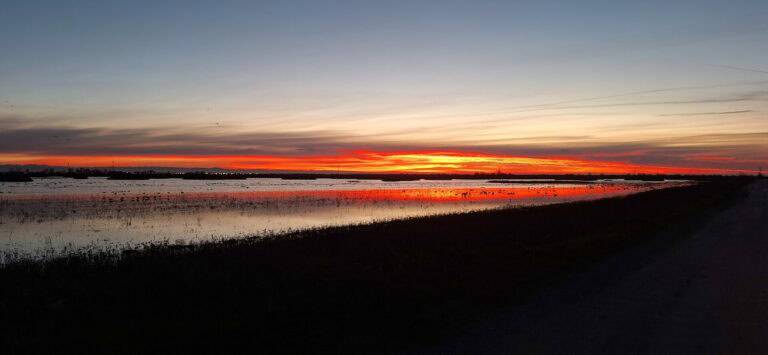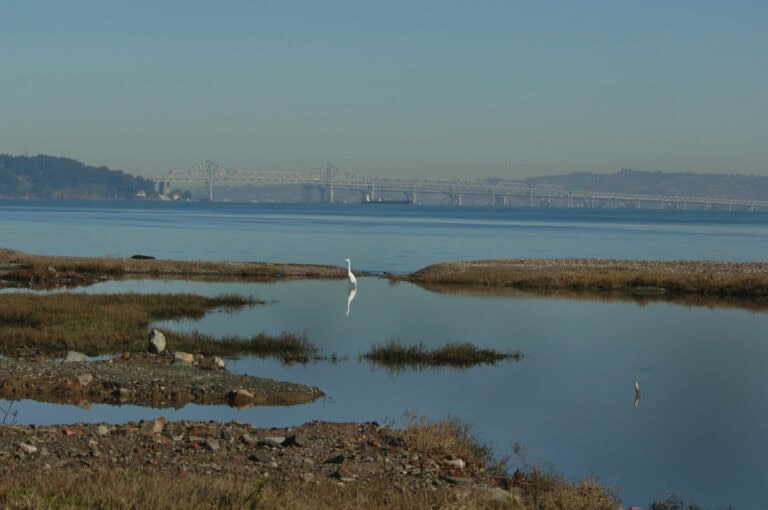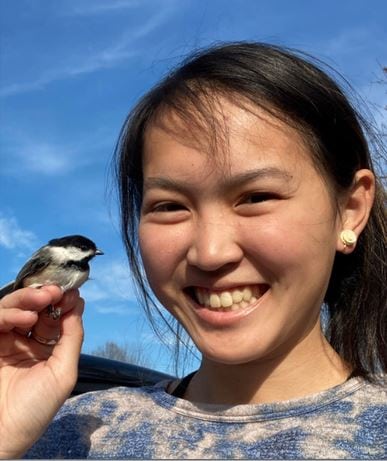Long-billed Curlew
Learn about the biology of these charismatic birds, the largest North American shorebird: their habitats, nesting requirements and migratory journey. Learn how satellite technology is uncovering some of their mysteries and is connecting communities from the mountains of Idaho to coastal California.
About Our Speaker
Heather Hayes is a research biologist and the Community Science Coordinator for the Intermountain Bird Observatory (IBO) in Boise, Idaho. In addition to the Long-billed Curlew Satellite Tracking program, Heather has worked on the 8-state Western Asio flammeus
Landscape Study (WAfLS) community science program for Short-eared Owls, and the IBO’s Hummingbird Monitoring Program.
Heather loves integrating her fieldwork with education, not only in the K-12 classroom but also in Hunter’s Education.
Date: Thursday. July 24 (7pm)
Location: Online via Zoom
https://us06web.zoom.us/j/83897582723?pwd=1Nc6IbOGx1PXlnVqAVBJKSUS9DFL7l.1…





